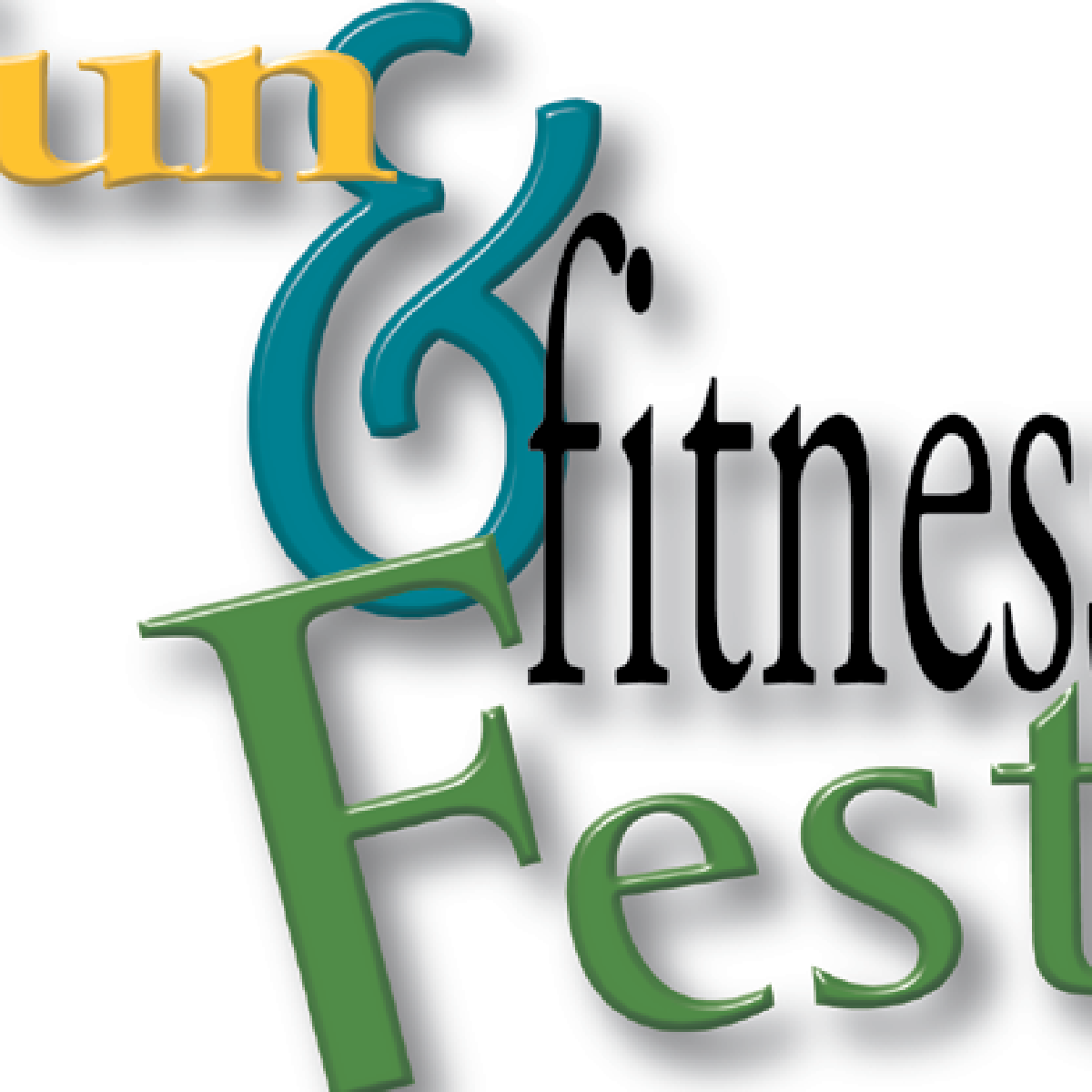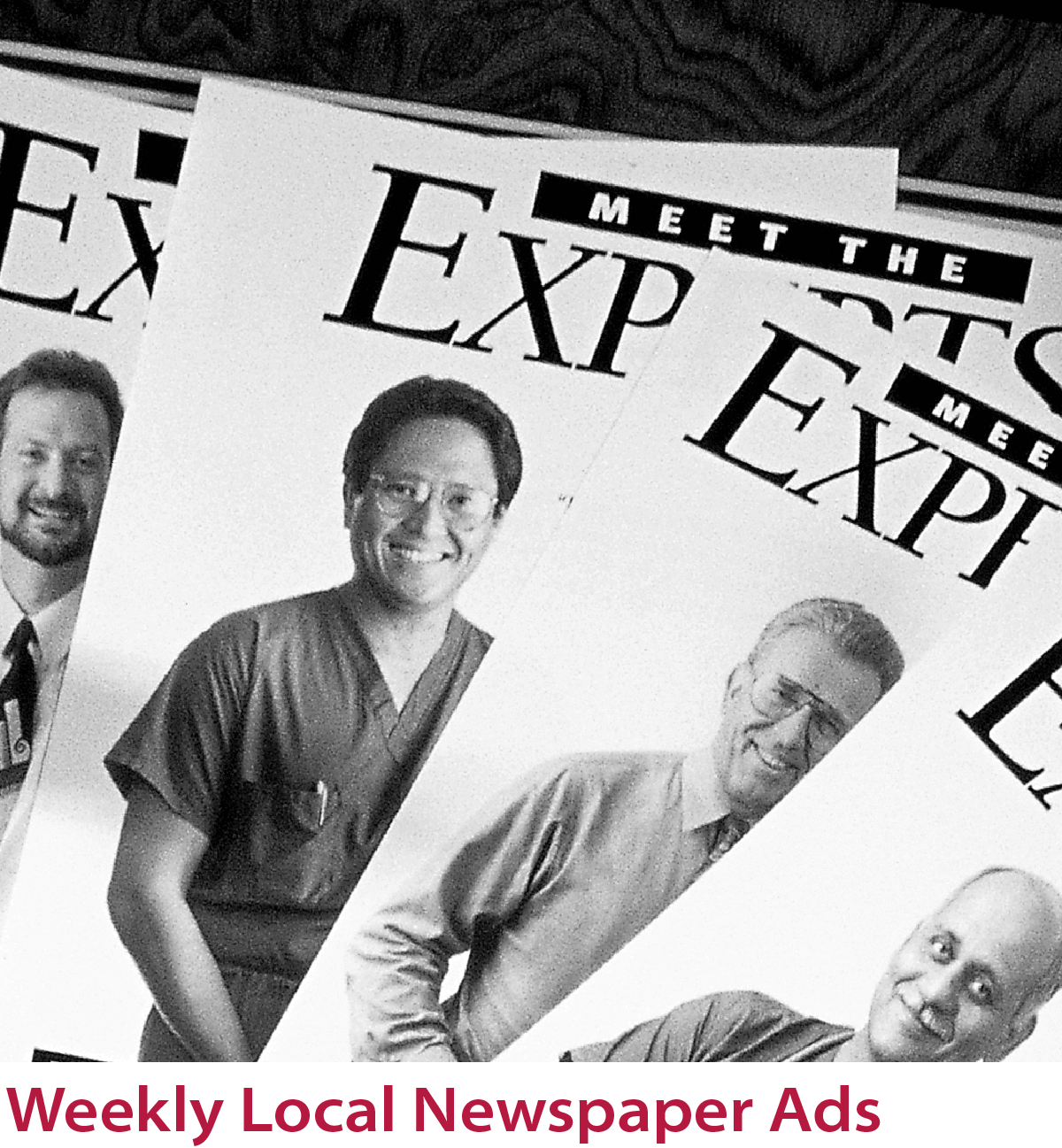
Advertising Case Study
Healthcare Marketing: Trust Me I’m the Doctor
SITUATION
The population in the primary service area (PSA) and secondary service area (SSA) of a two-hospital integrated healthcare delivery system had traditionally been almost exclusively seniors. It was now transitioning very quickly to “boomers” and older boomers with families. The marketing challenge was to neutralize the 30-year perception that the system was for “seniors only,” without alienating the historically older target audience. The majority of new residents moved in with little or no awareness of their local healthcare choices and without a primary care physician. Also because of the change in demographics, new residents had little or no awareness of the healthcare system’s long history of serving the community and, therefore fund raising for the system’s foundation had declined. Because of the decline, the foundation did not have sufficient budget to effectively market for donations.
GOALS/OBJECTIVES
Goals
- Expand the system’s database of patients and prospective patients by 20,000+ per year
- Immediately link each new resident in the PSA/SSA with an affiliated physician through the call center
- Increase calls to the system’s call center for physician referrals by 30%
- Increase foundation fund raising efforts and results without cost to the foundation

Strategy and Tactics
The healthcare system had for many years published a six-times-per-year newsletter called “Health Matters,” targeted to area residents whose average age was 67+. Health Matters was mailed to approximately 55,000 area residents. Our research indicated that over the past several years approximately 86,000 households had been established with an average age of head of household of 52.5. This 15-year difference in average age is generationally and clinically worlds apart in terms of marketing messaging required to influence loyalty to the healthcare system. We recommended the creation of two separate versions of Health Matters: one targeted to the older demographic and one targeted to the new, younger demographic. We further recommended including one or more articles in each issue to promote the benefits and results of donations to the foundation.

Our reasons for these strategic recommendations were
- The infrastructure and costs associated with the vehicle were already in existence.
- The communication is ongoing and continual
- The cost per contact is one of the most cost effective vehicles for the system
- The cost per contact is even lower when you account for 20 pages of information messages being communicated
- Various key messages can be addressed simultaneously and in a timely manner
- Frequency builds familiarity
The production tactic to implement this strategy was to design different front covers, back covers and inside center spreads which are demographically target specific. This provided us with the opportunity to drive unit costs down while at the same time providing very specific, targeted messages. Because delivering the publication to the new, younger residents would slightly more than double the print run, we recommended making Health Matters a quarterly publication to moderate the required printing/postage cost increases. Because of these recommendations, the unit cost of the publication was actually reduced by 15%.

Results
More than 60% of Health Matters recipients requested additional information on one or more topics. More than 66% of recipients found the articles “informative.” Other results of the program were equally impressive. Website sessions increased 70%, membership in the wellness program increased 58% and phone calls to the system’s “HealthLine” increased by 35%. The number of residents referred to system physicians increased 20% and participation in community education events increased 16%.
Just as impressive, the healthcare system’s foundation met its annual fund raising goal for the first time in three years, without spending any additional budget to generate the results. The revised Health Matters publication and additional readership pushed them over the top.
Finally, the International Association of Business Communicators awarded the program their prestigious Gold Quill Award. The program was also honored with a local market Copper Quill Award of Excellence by the Phoenix Chapter of the IABC.